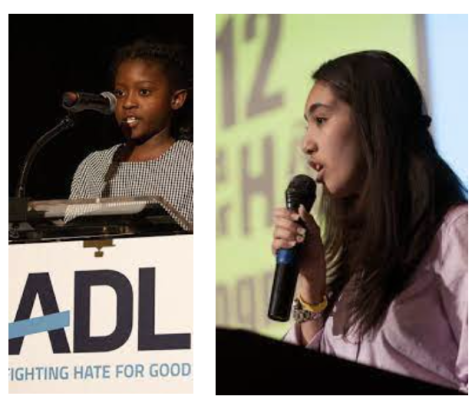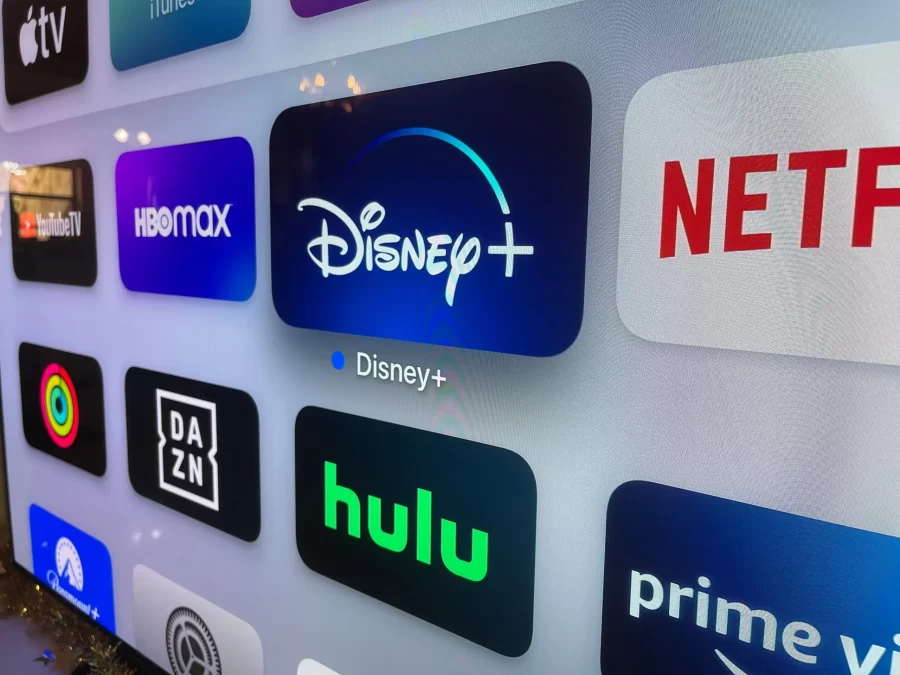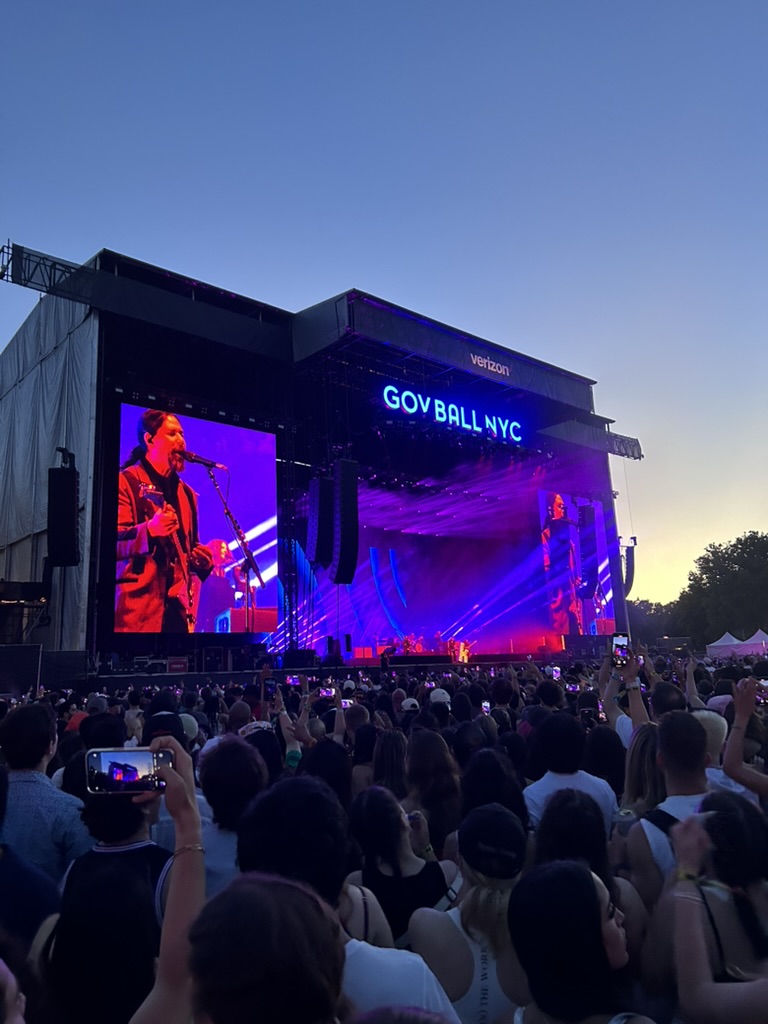“Names Can Really Hurt Us” Program Returns to DHS After Last Year
While students are finally urged to start speaking candidly, sharing their experiences with bullying, questions regarding the program’s longer-lasting influence are arising.
November 3, 2022
On May 18th of last year, the world’s leading anti-hate organization, The Anti-Defamation League (ADL), visited the graduating class of 2025. Being a co-facilitator of the program, I had been trained to lead part of the day with the intention of exploring stereotyping, prejudice, discrimination and scapegoating through the lens of students’ experiences alongside professionals. Yet, the palpable energy in the air that day was paired with slight hesitation with students arriving in the auditorium after first period, unsure of what to expect. I would certainly be taken back if another upperclassmen, dressed in a bright blue tie dye shirt with the aggressive “Names Day Team ” logo stamped on the back, came up to me and encouraged me to talk about my experiences with perpetrators. Though, as students were split into specific assigned groups, allowing them to share in a smaller setting, these feelings of uncertainty were diffused, and it became clear that this program would be meaningful.

As I was asked to help facilitate this program and lead one of these smaller groups of students, I had to undergo training with professional Teshia Levy-Grant, the Diversity Education Program Facilitator for ADL of Connecticut, before the assembly date. Having conducted this program for years, Grant instructed the upperclassmen student facilitators easily, training us in different ways to approach and handle having the responsibility of representing a bully-free Darien community. Given a large packet that described the activities and discussions that I needed to lead in my small group of 20 freshmen along with having a guidance counselor as my teacher advisor, I was prepared to have flowing conversations about unkind behavior with my group for the entirety of the day.

Throughout the day-long event, I learned more about DHS than I was expecting. Specifically, in the main assembly, there was the opportunity for students to share their stories through an open-mic at the front of the room where league facilitators were at the courageous speakers’ side, ready to interfere or offer support should situations begin to get too emotional. Guided by teachers, other trained upperclassmen and the league facilitators, students were able to talk with the unflinching candor of children in both the open-mic and in smaller groups about topics most adults would prefer to avoid: gossip, rumor, physical harassment, racism, homophobia, depression, eating disorders, suicide — the full range of bullying behavior and its consequences. Sitting in the audience, last year’s Names Day felt productive and necessary. I think it is fair to say that the students and adults in the auditorium of May 8th walked out with a clearer idea of the severity of bullying.
When talking to principal Ellen Dunn during this year’s wave of training sessions for the 2023 Names Day Program, she explicitly mentioned the feeling of collective positivity after that day in the freshmen class. Dunn also mentioned that she believed the success was a product of having intimate conversations in the familiar settings of English classes as well as it being later in the year where students are already comfortable with both their peers and the high school setting.
However, with this upcoming Names Day Program, I cannot help but question the full impact that last year’s supposed success had; did the freshmen class really retain this feeling of positivity that Dunn explained? Does hosting an anti-bullying and anti-racist assembly simply once a year make a considerable difference in the thinking of these perpetrators? Or does it send the message to students that bullying is minute enough to be covered in one day?
I sat down and talked with now sophomore Sofia Mcgoey who was present at the event last year surrounding her opinions on its impact.
“Names Day was not really helpful to me. It felt more like a burden, they took me out of classes only to learn about things that are not going to make a big impact on the majority of the class.”
Trying to change the hearts and minds of bullies can be a risky business. Clearly, it is not as susceptible to students as we may think, according to Mcgoey. Perhaps the frequency in which students are being harassed and targeted is a result of social media; harsh humor has become normalized in combination with the safety-net of the internet’s anonymity. The fact that society’s technology and media has allowed for such normalcy to emerge could be a leading factor in the ongoing issue of bullying at DHS. Perhaps it also is a result of the intensity of DHS; students become extremely concerned with their own experiences and success that remembering the four different kinds of people present in bullying situations, for example, become an afterthought. The words of students and their impact are not of top priority, in comparison to the pedestal that students have placed their grade point average on. Despite the true cause, the overall consensus from the student population was that Names Day was not as effective long-term — students perhaps felt motivated years after the event, yet not to the same degree as they did directly after the assembly.
This raises questions surrounding the frequency of the program. One day every year is not enough to truly make a difference in the lives of students who face bullying daily.
When DHS, and other schools, take part in Names Day programs, there is the underlying concept that bullying is not severe, as it is only fully acknowledged once a year. That might mean students do not seek help when they are being harassed or see a classmate being bullied. It could inadvertently signal that schools are checking off a box that they understand the issue of bullying and are doing something about it without showing an ongoing commitment.
Harassment is a complex phenomenon. An approach needs to be comprehensive and touch all the risk factors and cannot be seen as a short term fix.
Is DHS partaking in this program to fully initiate movement to combat the harsher realities of Darien students being exposed to bullying or simply to fight against the stigma that DHS is doing little to support the student body?







